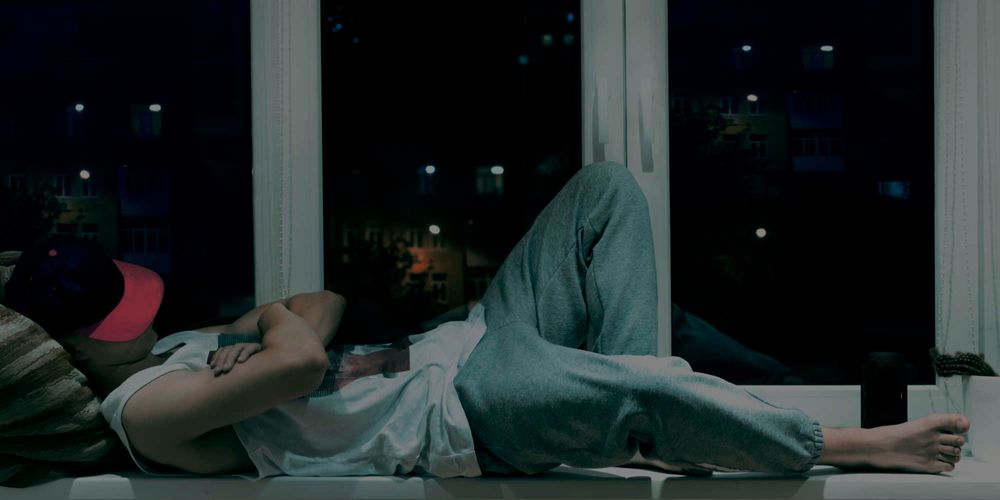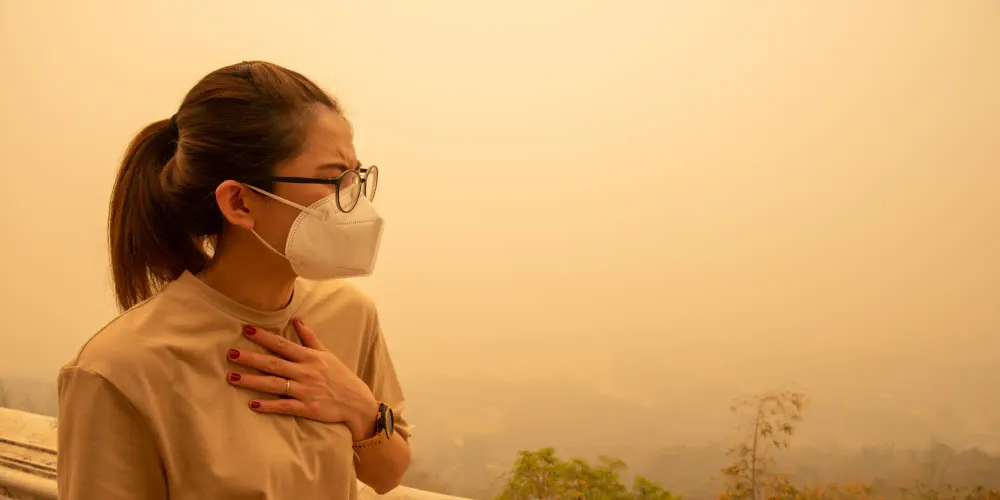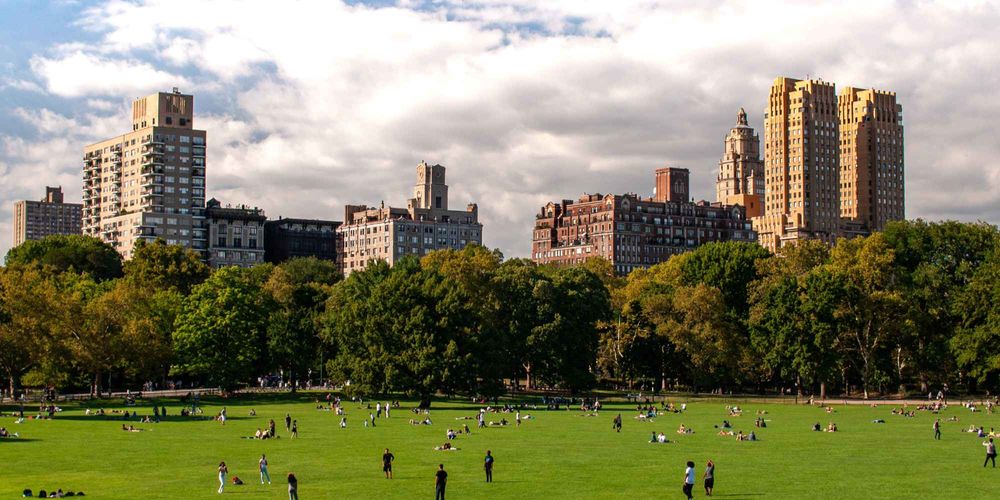Issue 64 • Week of April 9, 2023
More than one in three Americans are sleep-deprived and nearly 6 million misuse sedatives and tranquilizers annually. We try new pillows, mattresses, sound machines, ear plugs, eyemasks, blackout curtains, and more as we seek a solution – any kind of solution – to our insomnia.
Of course, we can buy all of those things as well as exercise more, eat better, and meditate in pursuit of healthier individual sleep patterns. The $37 billion business to help us get some rest indicates some substantial underlying detriments to our health, so advice for trying something new is never lacking.
However, we should not shrug off our environment that is a significant factor in our collective inability to get 7 hours of sleep or more. The new street lamp right outside the window is indeed probably too bright since small amounts of ambient light can still affect our health. The motorcycles that wake us up just as we begin to nod off are likely illegally modified. Excessively loud construction during the day keeps us from focusing, which leads to falling behind at work or school and thereby causes anxiety that prevents a peaceful return to slumber. Then, before dawn, garbage and recycling trucks start their rounds earlier because the sanitation department just doesn't pay adequately to attract enough drivers.
With International Dark Sky Week next week and International Noise Awareness Day on April 26, consider that sleep is not the only casualty from these side effects of modern life. Over one billion animals die every year as a result of noise and light pollution. Our sense of hearing has been subjected to repeated sounds that exceed the safety threshold of 70 decibels and our sense of wonder has been greatly diminished as light pollution now affects 99% of Americans.
How can we calm our surroundings to both quiet our mind and protect wildlife?
This content is only available to members
Sign up for free to read the potential solutions for this topic and find out what you can do today for a better tomorrow or pre-order our second book that will compile 100 issues on making a difference.
Unlock contentAlready have an account? Sign In



